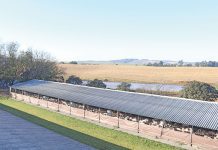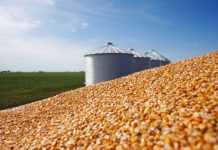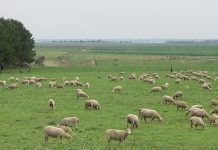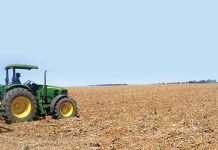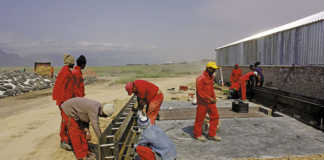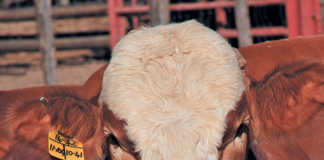According to the law of diminishing returns, input into any venture, whether time, labour or money, will eventually produce lower increases in returns. As a result, you could end up putting more into the system than you are getting out. For example, feeding a pig increasing amounts of food every day will eventually result in a situation where the feed costs more than the weight gain in pork. You will be better off spending the extra time and effort on another branch of your farming enterprise that may not be receiving enough attention.
Work out the optimal input
This is where common sense, preferably backed by bookkeeping, comes in. You have to know almost exactly what the optimal input is to derive a certain benefit. And this changes with the cost of inputs, and the price you can expect to obtain for the product. The law of diminishing returns can also apply to fertiliser. Increasing the application will increase plant growth until you reach a point where you are applying so much fertiliser that you are actually in danger of damaging the crop.
The importance of this principle was first grasped in the late 1700s in England during discussions on trade and maize laws. A more formal definition of the law reads: “The economic law of diminishing (or marginal) returns states that if one factor of production is increased while the others remain constant, the overall returns will relatively decrease after a certain point.”
The principle even applies to human activities such as sport. Working hard on your ball skills will lead to a rapid improvement during the first few months, but as you get better and better, the rate of improvement will decrease, even if you practise harder. Unfortunately, it is not always easy to know exactly when the law of diminishing returns kicks in.
For instance, if more and more workers are employed to pick fruit in an orchard, at some point each additional picker will add relatively less output than the others, simply because each worker has fewer trees to pick from. So, be careful how much you put into your pet project. If overdone, it could cause you to farm ‘backwards’ without realising it until it’s too late.
Roelof Bezuidenhout is a freelance agricultural writer and a fourth-generation Karoo small-stock farmer specialising in Merino and Dorper sheep and Angora goats.

